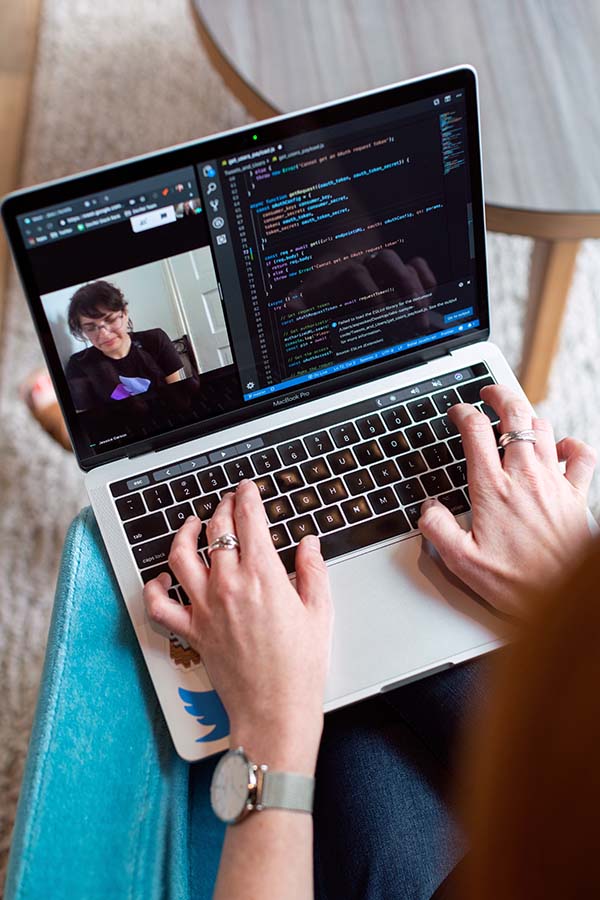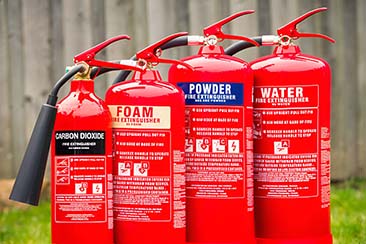Feedback is information provided on the performance or understanding of a task. Though we receive such messages on countless occasions in our everyday lives, they are of particular relevance to the education sector. Feedback lays the foundation for effective life-long learning. It helps students to get the idea of how their knowledge, abilities, and skills are developing in relation to the course objectives and whether there are some syllabus areas they need to improve.

Photo, ThisisEngineering RAEng.
Providing powerful feedback should comply with the following principles…
Be Sensitive to Timing: It’s better to share feedback as soon as possible after students have completed the task. This way, they will be able to relate the comments with their actions, retrieve their thought process, and remember the issues they were struggling with. Thus, they can spot a gap between their current understanding and the expected learning outcomes to enhance their performance.
Though it might not be easy to give feedback right on the spot, it is good to introduce interim assessment checkpoints to track learners’ progress. This can include reactions to student responses during lectures or workshops, critique on separate project units, or simply overseeing their work during the classes.
Use a Descriptive Approach: Effective feedback is not a simple evaluation of a particular piece of work with a mark next to it. Neither is it a statement of what students got right or wrong. It is an essential part of active learning, and, thus, it has to be educational in nature.
Feedback should focus on things students can already do well and provide insights into overcoming hurdles in the areas they yet need to advance. That requires analysis, thorough explanations, and correction of mistakes. Such an approach will allow learners to implement feedback next time they are dealing with a similar task. It also highlights the positive aspects of a student’s work and shows how they can be transferred to other contexts.

Photo, Christina @ wocintechchat.com.
Introduce Self-Assessment Practices: Feedback helps students to better understand if they have fully mastered the educational content or they still need to develop certain skills to succeed. But if they only rely solely on the instructor’s review, it would be hard to build efficient strategies for tackling weak points themselves.

Photo, Charles Deluvio.
To increase awareness of their learning, students must be regularly engaged in activities that provide the opportunity to look critically at their own work. These can come in the form of peer feedback, self-review, comparison with the model or standard, correcting papers, and rating themselves. Being accustomed to self-assessment eventually leads to self-regulation, which helps to achieve bigger academic gains and deeper learning.
However, if students are not sure whether they are on the right track with their assignment, they can also turn to a WritePaper service, which offers writing, editing, and rewriting help. It’s a great solution when they don’t have time to finish an essay or give a paper a second glance but want to make sure it comes out perfect.
Refer to a Specific Skill or Ability: Feedback works best when it’s clear and pointing to ways to improve learning. It makes a greater impact on learners when targeted on a specific skill rather than the entire performance. So instead of using meaningless phrases like “Great Job!,” focus on a peculiar learner’s behaviour or effort at a task.
It’s better to set expectations for an assignment and success criteria right from the start. This way, students can work on meeting those standards throughout the learning period. Here rubrics and formative assessment may come in handy, as these tools allow students to grow and gradually improve the required skills.
Keep in Mind the Student’s Perception: Feedback can be delivered in different ways. It doesn’t come only in oral or in written form. Facial expressions, gestures, posture, and eye gaze are also the means of providing feedback. Thus, it’s important to bring your body language in line with what comes out of your mouth to correctly convey the message.
When presenting feedback verbally, try to be caring, encouraging, and proactive. Though the aim is to be totally fair in your judgments, it’s better not to be too rigorous when discussing their work with students. If they feel like they are too closely monitored, they might get less confident in using their abilities. Learners can also perceive feedback as an attempt to control them and what they should or shouldn’t be doing rather than guidance towards high-quality learning outcomes.
When talking to youngsters, be positive and helpful and show enthusiasm about their accomplishments. To ensure that you are on the safe side, try using the ‘sandwich approach,’ where you praise a student for something they did well, offer a corrective comment, and then give another round of compliments on their performance.
Provide One-on-One Support: Arranging a personal meeting with a student to review their progress is one of the most effective ways to give feedback. Such sessions allow the opportunity to clear all the queries and craft an individualised strategy for better learning.
Planning a meeting tailored to the particular student’s needs might include providing actionable examples or links to educational videos on the topics they need to work on. It’s also beneficial to collaborate with each learner to outline more concrete goals targeted to their current learning state and where they need to be.








